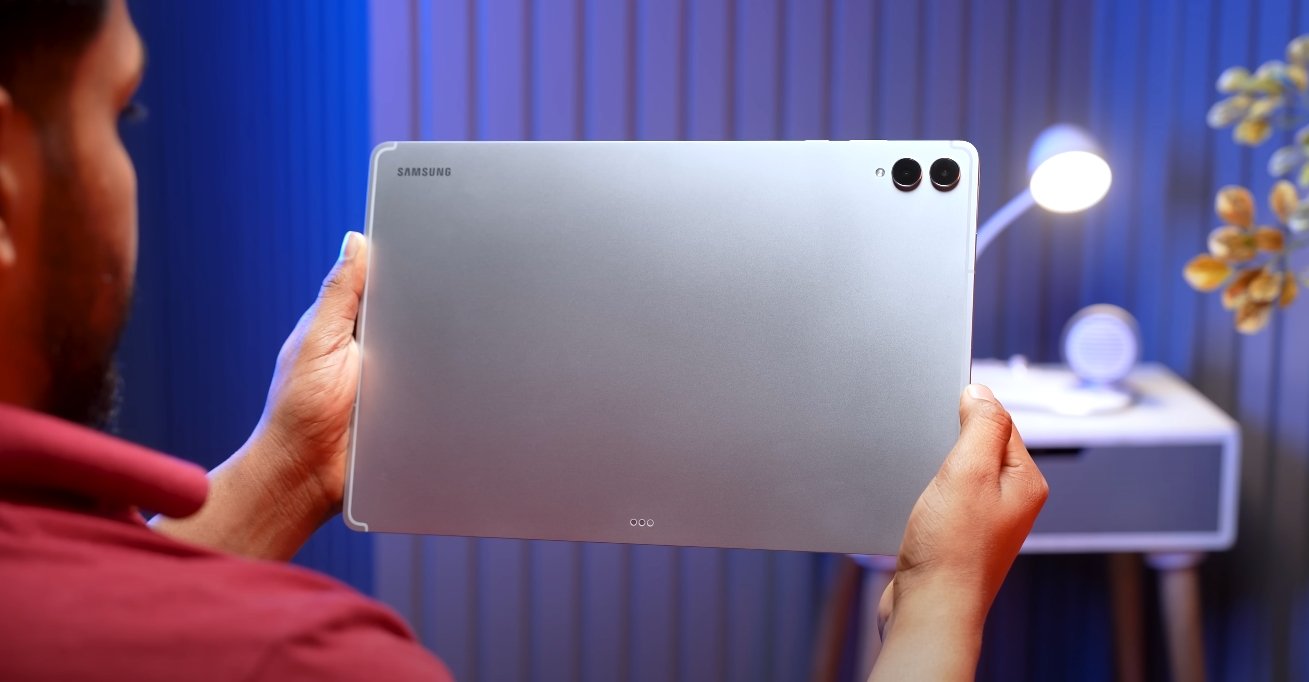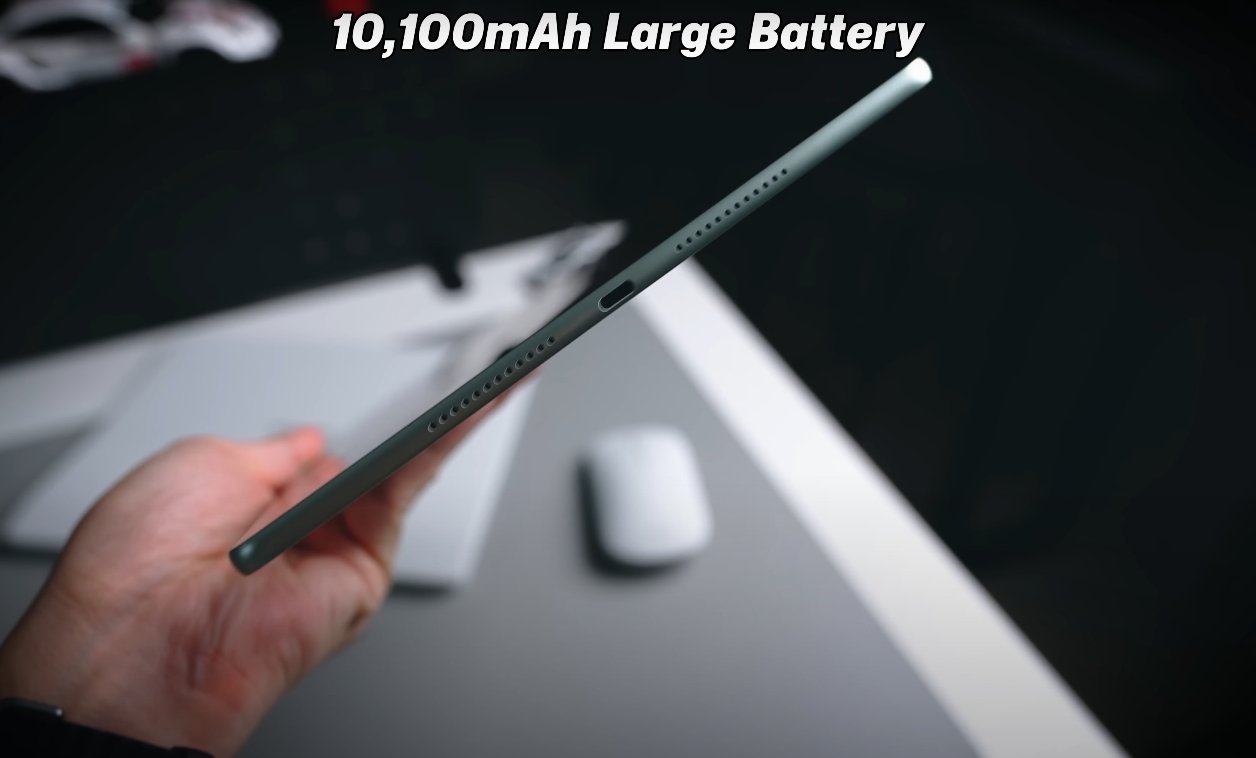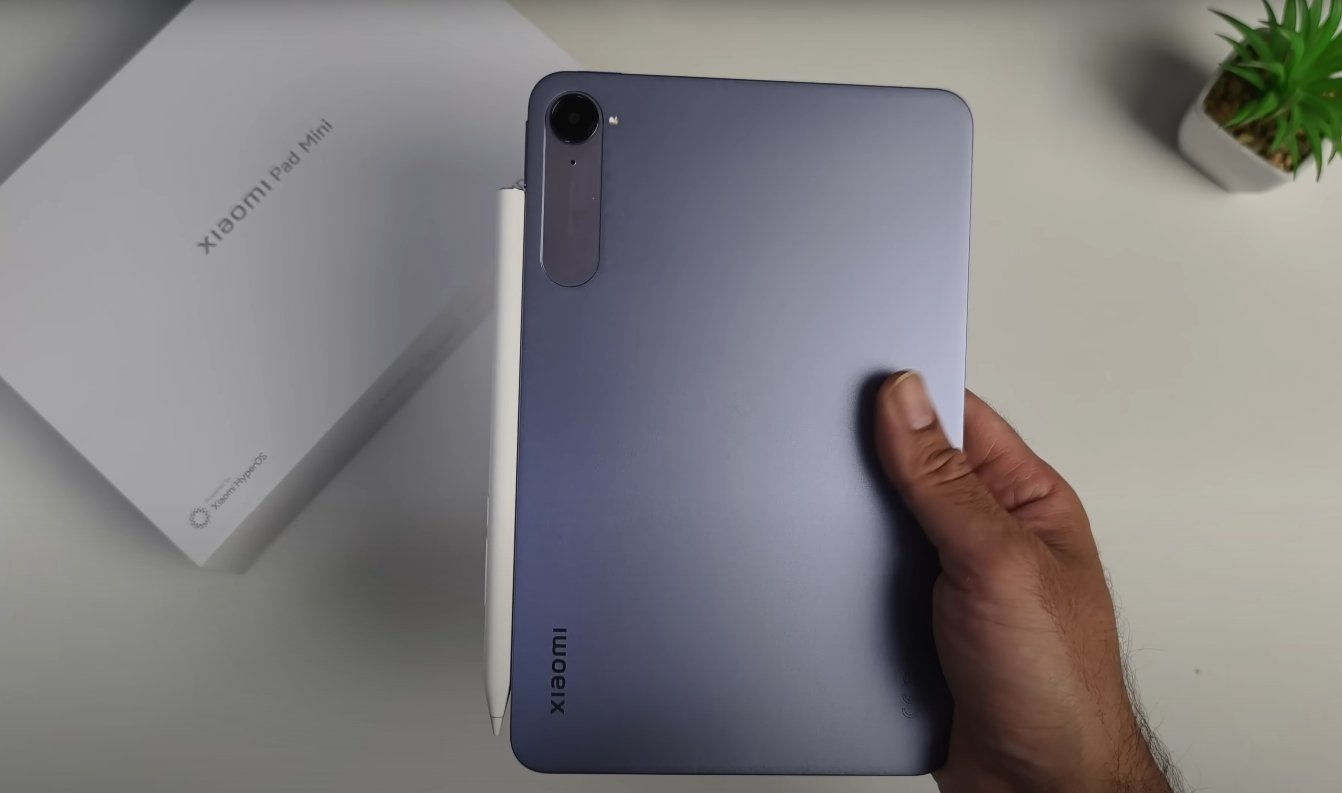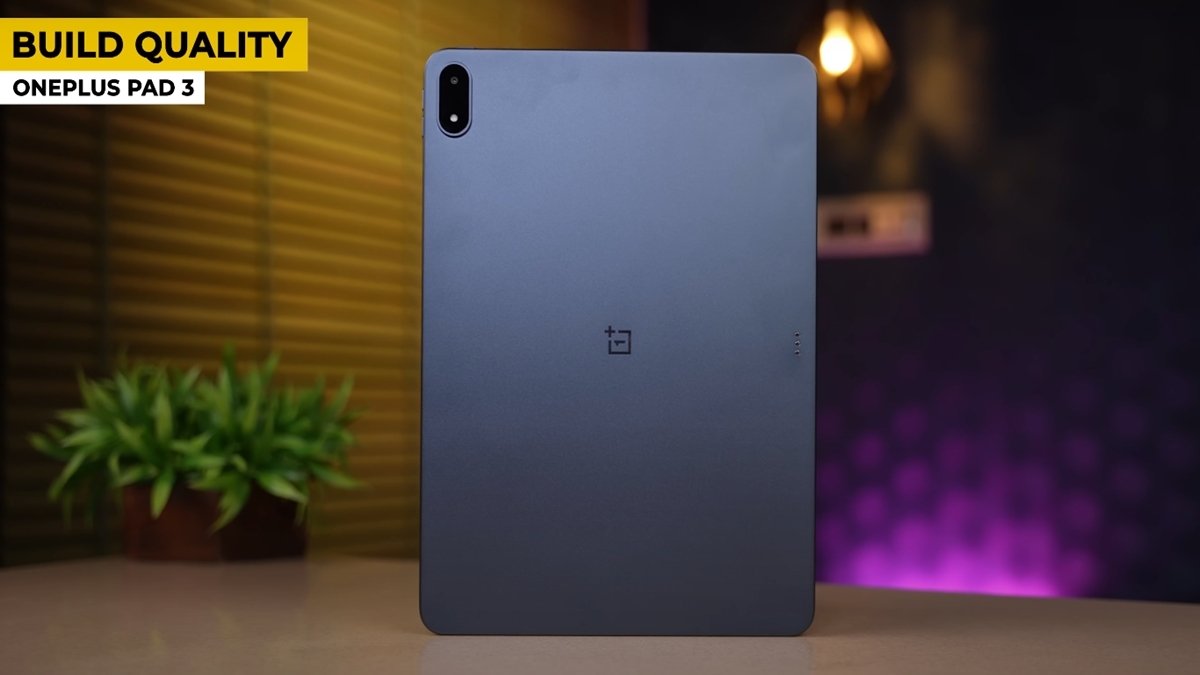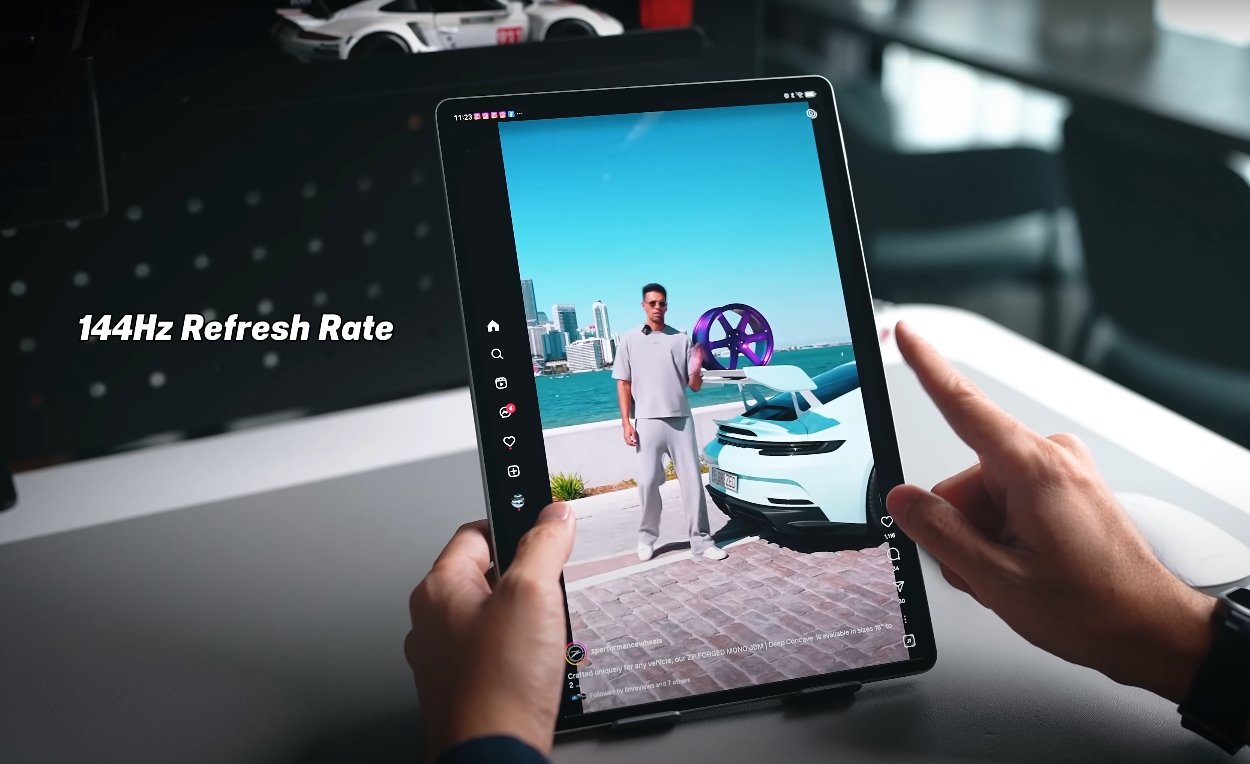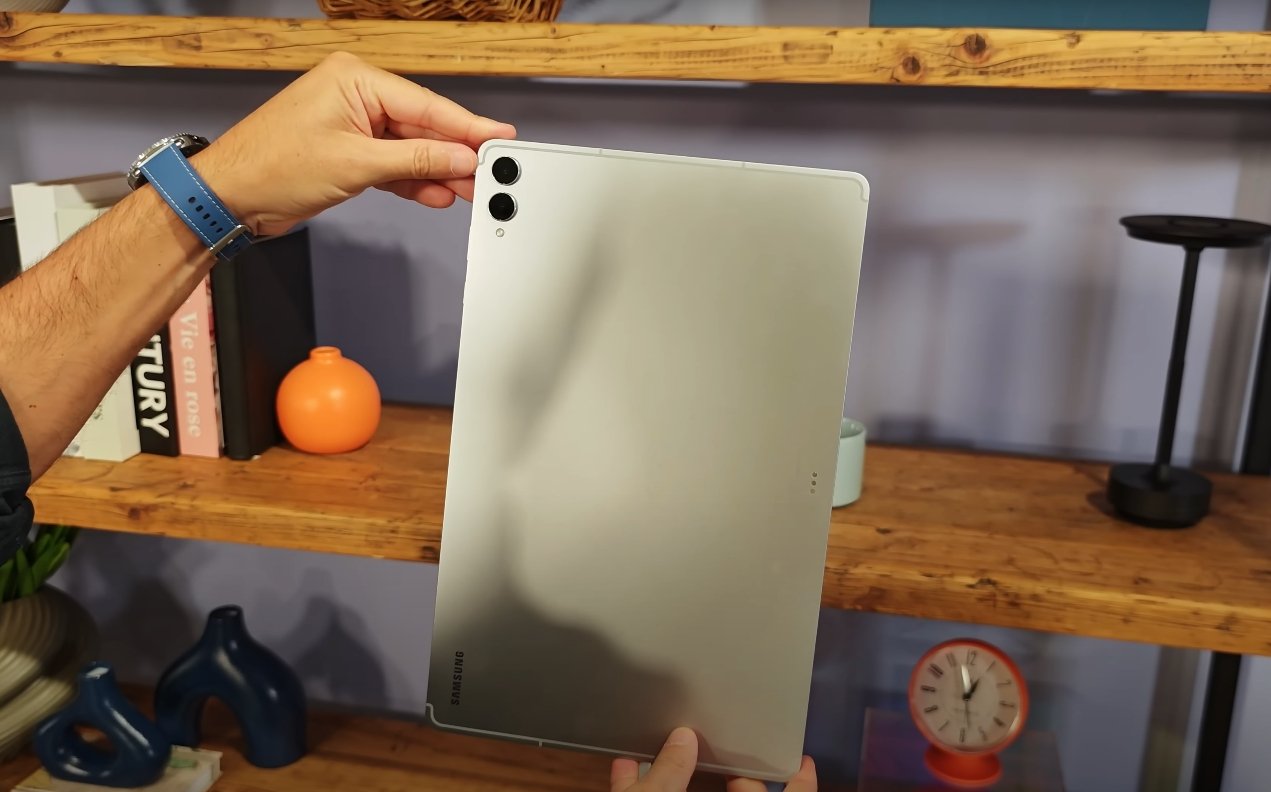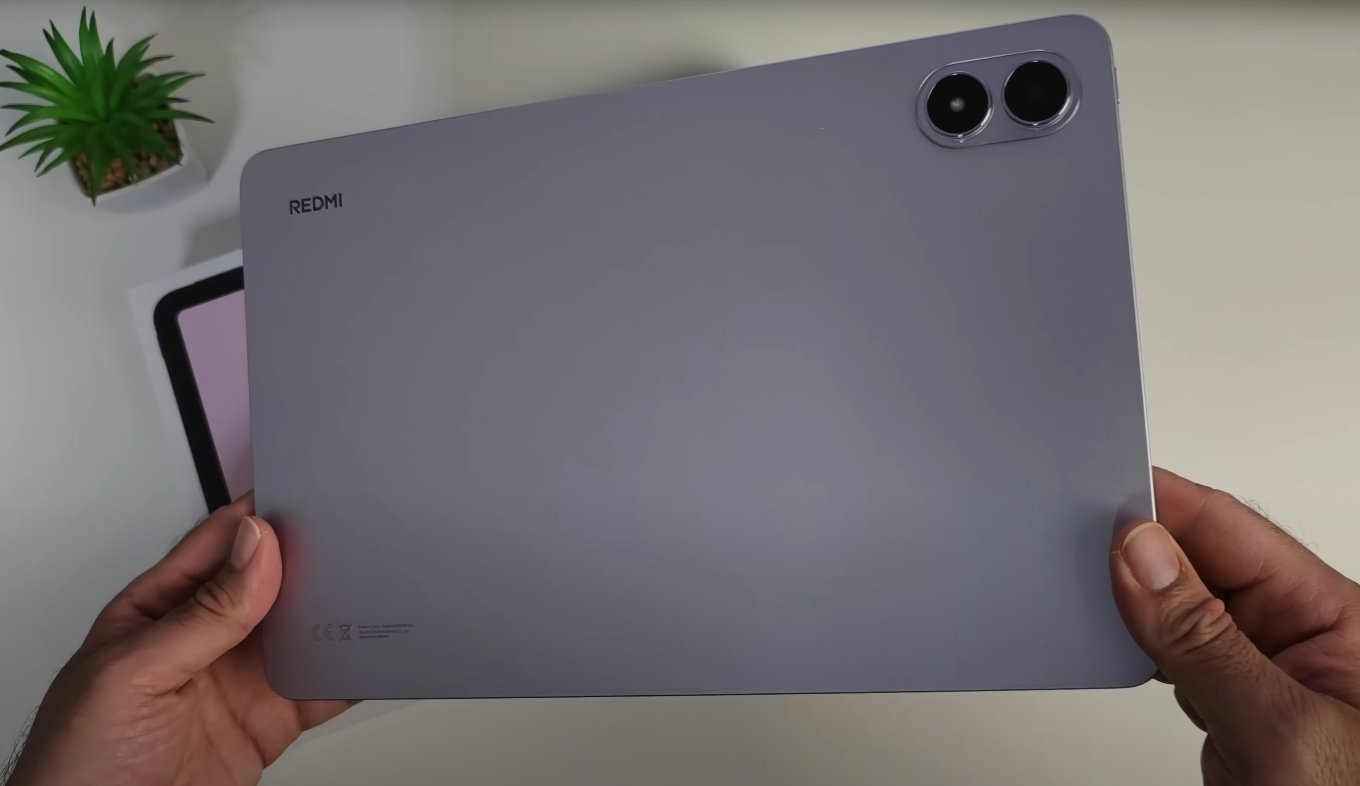The Ultimate Battle Between Two Giant Android Tablets
The tablet market has seen a major evolution, with manufacturers now focusing on performance, design, and versatility that rival laptops. Two of the most powerful contenders in the premium tablet space are the Samsung Galaxy Tab S11 Ultra and the Lenovo Tab Extreme. Both offer huge displays, top-tier specifications, and features aimed at professionals, creators, and multitaskers. However, while they share similar goals, their execution and overall experience differ in notable ways.
The Samsung Galaxy Tab S11 Ultra continues Samsung’s dominance in the Android tablet segment with a focus on refinement and power. It features a massive 14.6-inch Dynamic AMOLED 2X display with a 120Hz refresh rate, offering ultra-smooth visuals and deep contrast. The screen’s peak brightness reaches impressive levels, making it ideal for indoor and outdoor use. Samsung’s superior color calibration ensures vibrant yet natural tones, giving the tablet an edge for both entertainment and professional creative work. On the other hand, the Lenovo Tab Extreme boasts a slightly smaller 14.5-inch OLED display, also running at 120Hz. While its resolution and color quality are excellent, its brightness levels don’t quite match Samsung’s. Still, Lenovo’s display remains sharp, immersive, and ideal for watching high-resolution content.
Performance is another area where these two devices compete head-to-head. The Galaxy Tab S11 Ultra is powered by the latest 3nm chip, coupled with up to 16GB of RAM and 1TB of internal storage. This configuration delivers lightning-fast performance for multitasking, gaming, and creative applications. Samsung’s optimization with One UI 8 ensures that even with multiple apps running simultaneously, the system remains smooth and responsive. The Lenovo Tab Extreme, equipped with the MediaTek Dimensity 9000 processor and up to 12GB of RAM, also performs exceptionally well for everyday productivity and entertainment. However, under heavy multitasking, Samsung’s optimization gives the Tab S11 Ultra a slight advantage in handling intensive tasks like editing, rendering, or switching between large applications.

When it comes to design, both tablets look premium but cater to different preferences. The Samsung Galaxy Tab S11 Ultra features a sleek aluminum frame and a stunningly thin profile at just 5.1mm, making it one of the slimmest tablets ever built. Despite its massive screen, it weighs around 692 grams, striking a balance between portability and usability. Lenovo’s Tab Extreme, on the other hand, is slightly thicker and heavier at 740 grams and 5.85mm, but it feels solid and durable in hand. Lenovo’s design emphasizes functionality, offering a robust frame that feels ready for professional use and travel. Both devices exude a premium aesthetic, but Samsung’s refined craftsmanship gives it a more futuristic and polished appeal.
In terms of productivity, the Samsung Galaxy Tab S11 Ultra shines with its enhanced DeX mode, S Pen integration, and the optional Book Cover Keyboard. These tools transform the tablet into a workstation, allowing users to type, draw, and multitask efficiently. The S Pen comes bundled with the tablet, offering near-zero latency and precision for sketching or note-taking. Lenovo’s Precision Pen 3 and keyboard accessory also deliver solid performance, but Samsung’s ecosystem integration and software polish make its accessories more fluid and intuitive. For professionals who rely on stylus input or creative workflows, Samsung clearly takes the lead.
Battery life and charging are important factors for power users, and both tablets deliver strong results. The Tab S11 Ultra houses an 11,600mAh battery with support for 45W fast charging, ensuring a full charge in just a couple of hours. The Lenovo Tab Extreme comes with a slightly larger 12,300mAh battery and faster 68W charging capability. While Lenovo’s charging speed is superior on paper, Samsung’s efficient power management allows it to last longer during mixed-use scenarios, especially in DeX mode or while streaming. Both are reliable companions for long workdays, but Samsung’s optimization gives it an edge in endurance.
Audio and camera experiences are also worth mentioning. The Galaxy Tab S11 Ultra features quad speakers tuned by AKG, delivering crisp and powerful sound, especially when watching movies or gaming. Its camera setup includes dual rear lenses and an ultra-wide front camera designed for video calls and content creation. Lenovo’s Tab Extreme offers an equally impressive speaker setup with immersive Dolby Atmos support and a 13MP front camera that performs well in virtual meetings. However, Samsung’s camera system and image processing remain slightly superior, offering better low-light performance and detail clarity.
Overall, the Samsung Galaxy Tab S11 Ultra and Lenovo Tab Extreme are both exceptional large-screen tablets, each catering to slightly different audiences. The Tab S11 Ultra is built for users who prioritize power, multitasking, creative workflows, and premium design. It provides a balanced experience across performance, display quality, and ecosystem integration. The Lenovo Tab Extreme, meanwhile, offers great value for users seeking a high-performance Android tablet focused on entertainment and everyday productivity without the higher price tag.
In conclusion, the Galaxy Tab S11 Ultra stands as the ultimate Android tablet for professionals and creators who need uncompromising performance and flexibility. The Lenovo Tab Extreme, while slightly behind in software polish and brightness, remains a strong competitor that delivers impressive hardware and excellent entertainment capabilities. Both are giants in their own right, but Samsung’s flagship edges out with its superior display, stylus functionality, and refined multitasking experience.
Also Read: Samsung Galaxy Tab S11 Ultra vs iPad Pro M4 comparison
